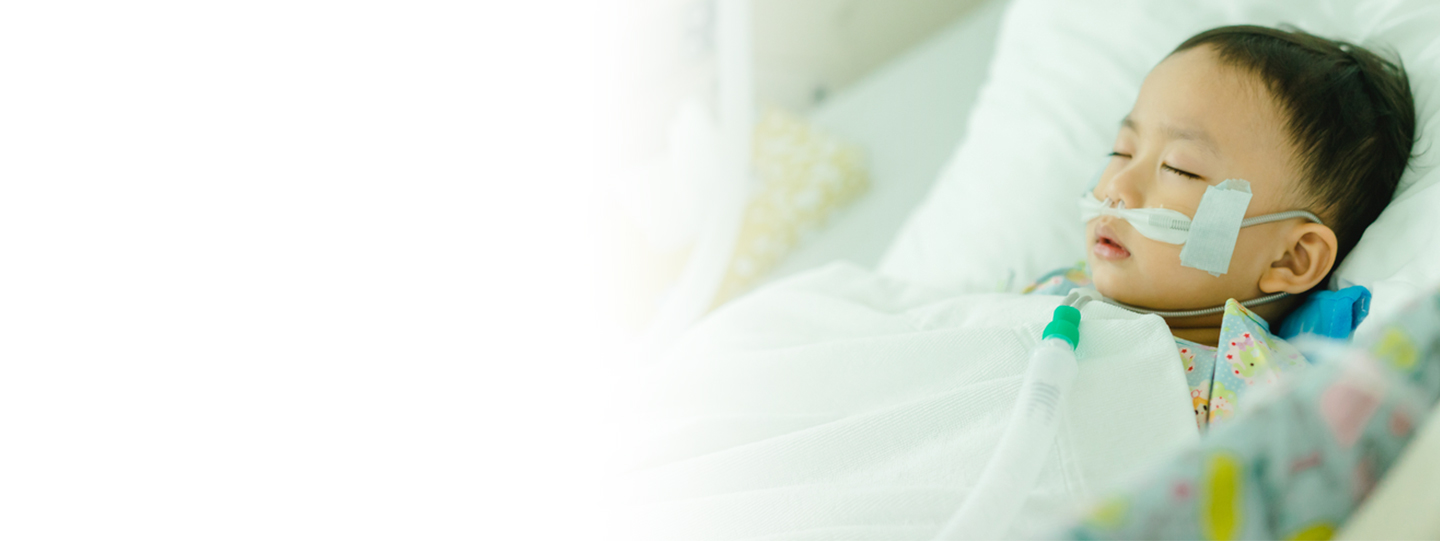

Kawasaki disease or Kawasaki syndrome, is a cardiovascular ailment characterized by severe inflammation, swelling and redness in a child’s blood vessels. The condition can affect blood vessels in any area of the child’s body and it typically progresses through three different stages. Over time, the blood vessels of a child stretch out and become weak, as a result of which they are at a higher risk of developing tears. The disease can negatively impact the flow of blood to different areas of the body, depriving the organs and tissues of essential nutrients and oxygen.
While any child is at risk of developing the disease, it is very common in kids who lie in the age group of 6 months to 5 years. The condition can be extremely dangerous if it involves the coronary artery which is responsible for supplying blood to the heart disease. Experts suggest that early diagnosis and prompt medical action can help children with Kawasaki disease lead a healthy life.
The first case of Kawasaki disease was seen in Japan in 1967. Similar cases were then seen in Hawaii, USA. As of now, the cases are being reported from different parts of the world including several areas from India as well. A
Kawasaki Disease is quite rare, however, it happens to be the leading cause of heart problems acquired after birth. The incidence is comparatively higher in kids who have not reached 5 years of age. If we speak in terms of numbers, the condition affects about 60 to 150 kids in a population of 100,000 kids who are not older than 5.
Kawasaki disease can manifest in different ways giving rise to symptoms that may vary from one child to another. A child suffering from the condition may complain of or present with the following symptoms:
Being a parent you need to understand that all the symptoms do not necessarily mean that your child has Kawasaki Disease. These could be related to some other condition as well. Hence it is important to consult a specialist as soon as you notice any unusual signs and go for a proper diagnosis to make sure that your child receives the right care at the right time.
A lot of you must be thinking about what causes Kawasaki Disease. Unfortunately, the answer to this is not known. Experts have however pointed out that in the majority of the cases, the onset is seen in the late months of winter and early spring. Some also believe it to be the result of an infection.
Kawasaki disease progresses through 3 clinical stages. These are the Acute stage, Subacute stage, and Convalescent stage.
Fortunately, the answer to this is no. Kawasaki disease is not contagious at all, which means that it does not pass from one child to another. So, parents need not be worried about the spread.
There are some factors that can put a child at an increased risk of developing Kawasaki disease. Wondering what are these?
These are just risk factors and not necessary factors, which means that children can develop the problem even if they don’t relate to any of these factors.
As per the top experts from the best hospital in India, early diagnosis and treatment are very crucial for kids with Kawasaki Disease. This is because the condition has been associated with a wide range of complications that can have a drastic impact on the child's overall well-being.
Some common complications that you should know about, include:
As of now, there is no particular test that can help to diagnose Kawasaki disease and doctors generally resort to several diagnostic modalities that can help to support the diagnosis or rule out its possibility.
If your child is presenting with the symptoms of Kawasaki disease, doctors will first conduct a physical examination to evaluate the symptoms, and based on these further tests will be recommended. Some of the most common of these include:
Kawasaki disease can be effectively managed with proper and timely medical intervention. This is done with the help of medication and surgery is needed in extreme cases to manage the complications related to Kawasaki Disease.
The treatment generally focuses on reducing the damage to the blood vessels, alleviating the risk of clot formation, and preventing serious complications. Common treatments include:
No, it is not possible to prevent Kawasaki disease as the underlying cause is not known. However, you can surely prevent the complications associated with it by watching out for the symptoms and seeking proper medical help at the earliest.
Your child will be admitted to the hospital during the course of the treatment and discharged once doctors make sure that there is no sign of fever or inflammation. Even after the treatment, it is important to go for regular checkups to ensure that the symptoms do not come back and to keep track of your child's prognosis. Your child needs an Echocardiogram during the recovery phase, to anace are quite low, they are never completely zero. lyze how their heart is responding to the treatment. Although the risks of recurren
If we speak of long-term Outlook it majorly depends on the severity of the damage caused by the condition and the complications triggered by it. Some children can take longer than others to recover but with proper medical guidance, your little one will surely thrive in the best way possible.
To know more about Kawasaki disease and its management you can consult the experts from one of the best hospitals in India, Surya Hospitals.
